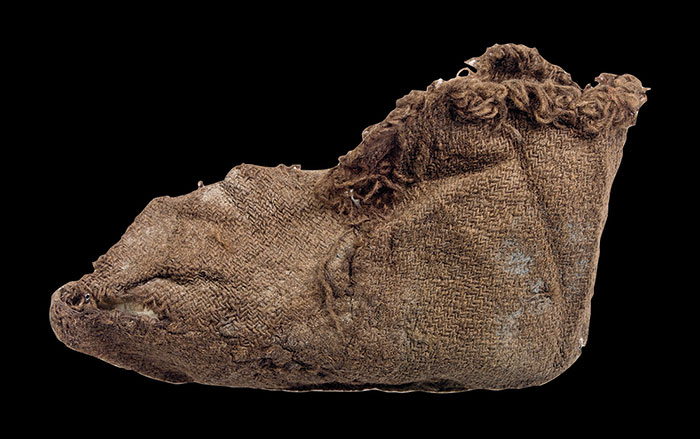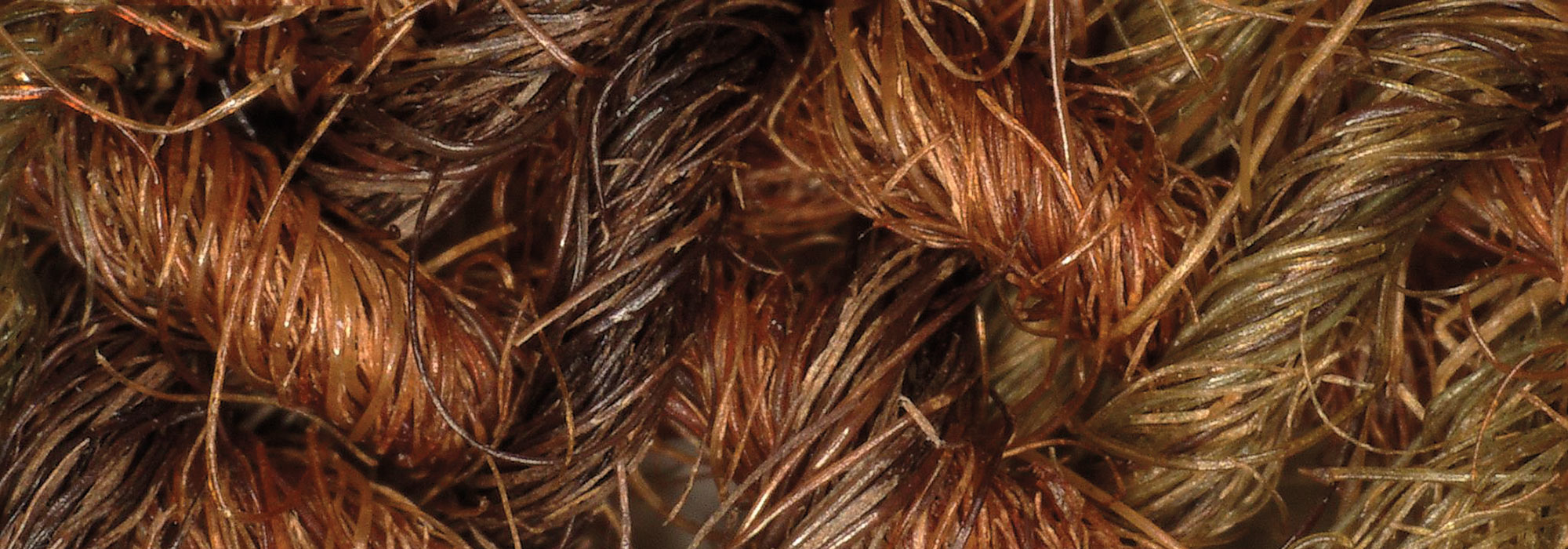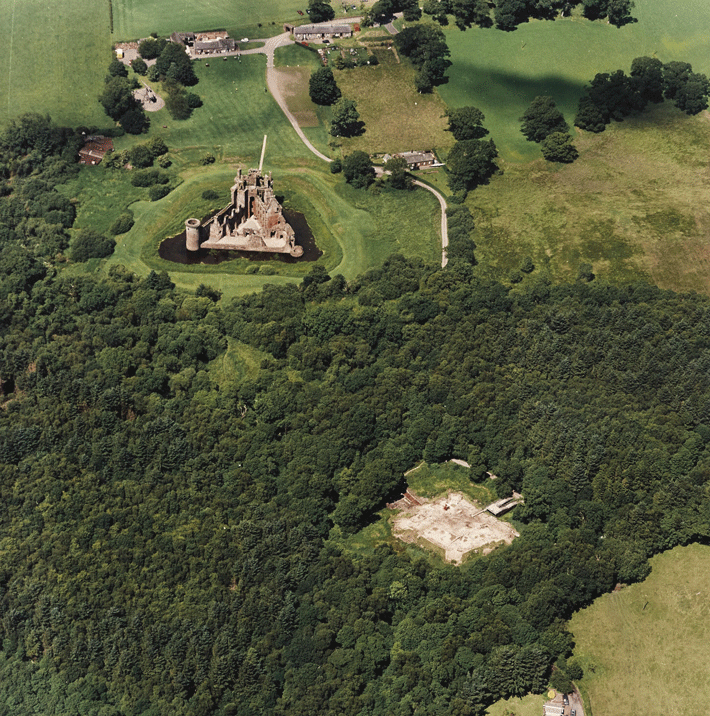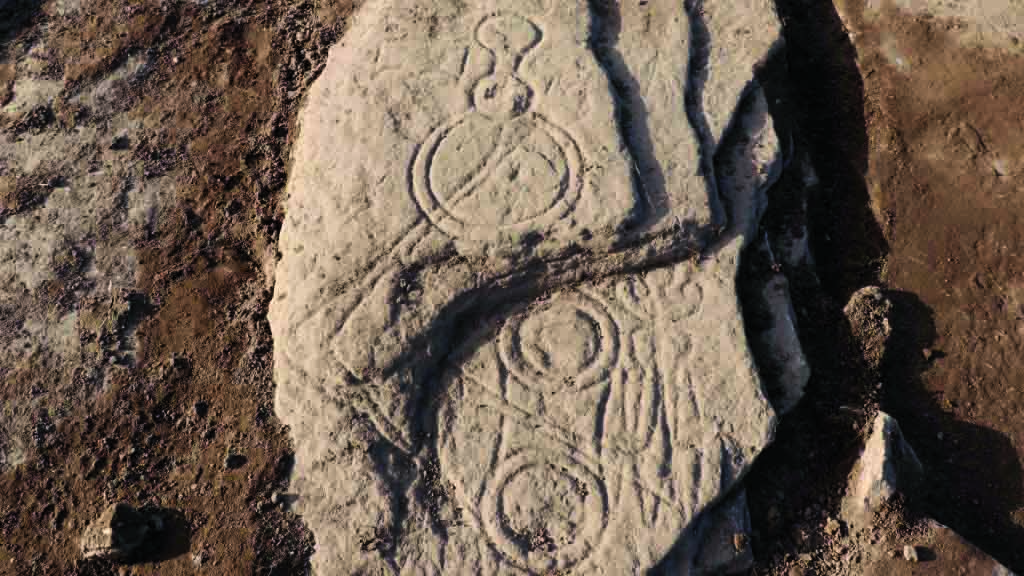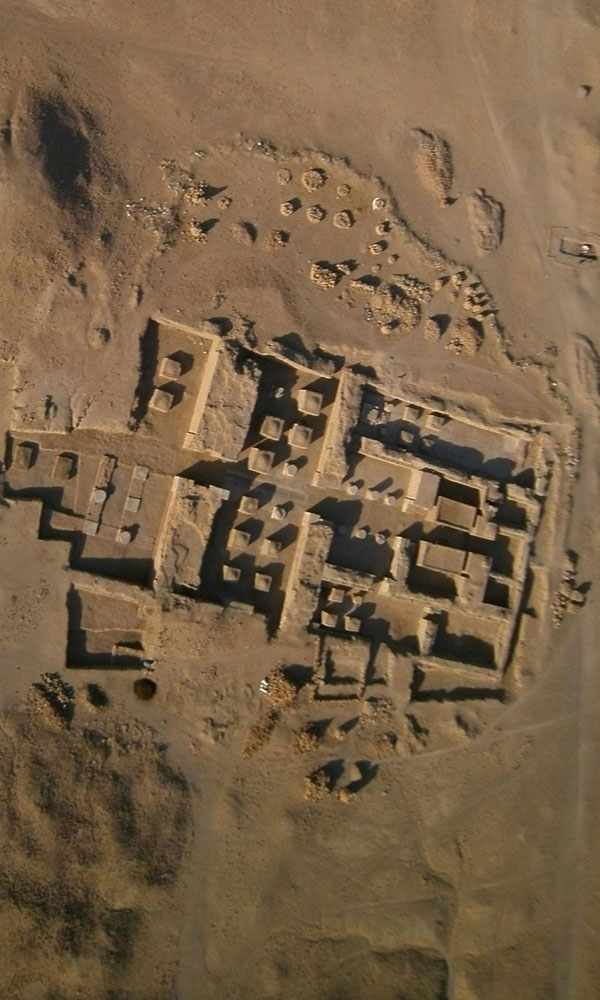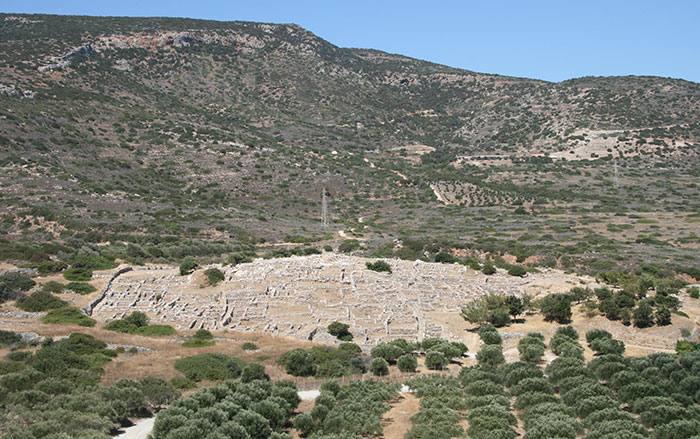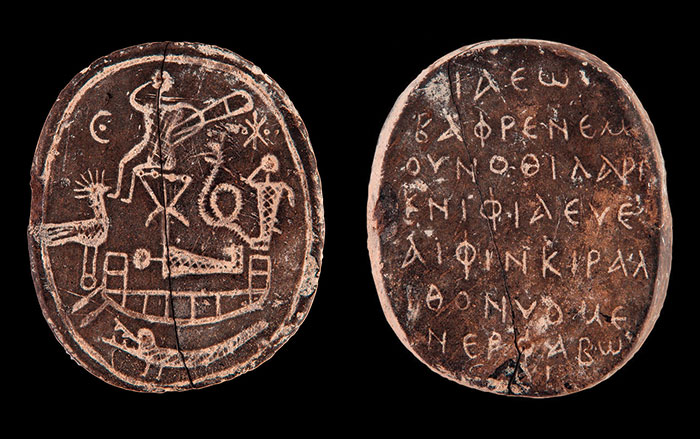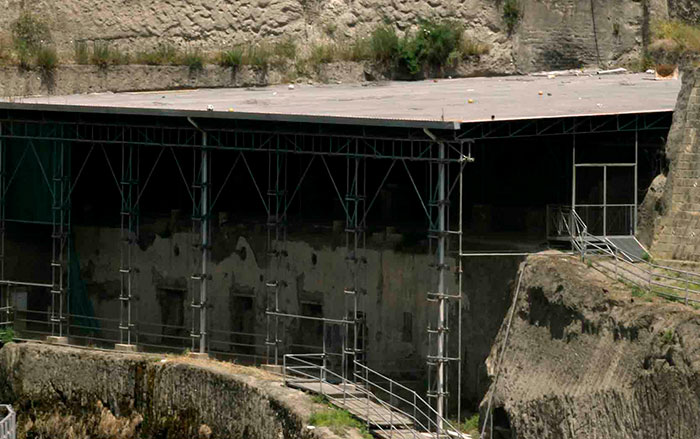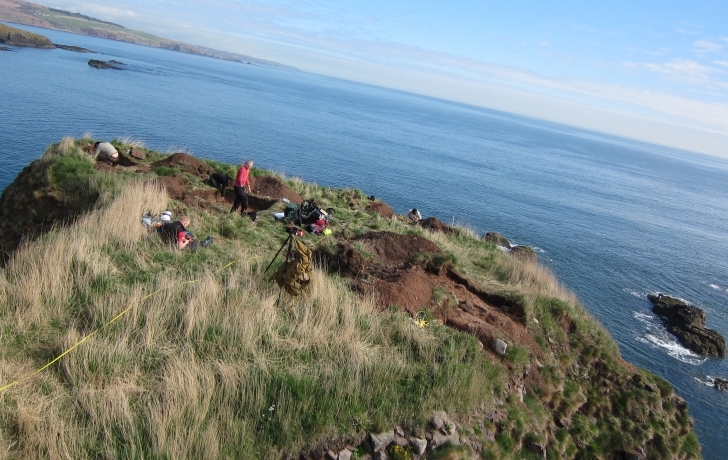
ABERDEEN, SCOTLAND—Carbon dating reveals that a Pictish fort on a sea stack known as Dunnicaer dates to the third or fourth century, making it the oldest-known Pictish fort. Archaeologists from the University of Aberdeen needed the assistance of mountaineers to reach the site for excavations conducted last April. Their efforts were rewarded with evidence of ramparts of timber and stone, floors, and a hearth. “The stone is not from the local area so it must have been quite a feat to get it, and the heavy oak timbers, up to such an inaccessible site,” archaeologist Gordon Noble said in a press release. “It is likely that the sea stack was greater in size than it is today as the fort appears to extend over a large area. Dunnicaer was likely to have been a high-status site for a structure of this scale and complexity to have been present as early as the third century,” he added. In fact, erosion may have eventually prompted the Picts to move along the coast to what is now Dunnottar Castle, first built in the early medieval period. To read more about the Picts and their writing systems, go to "It's All Pictish to Me."


